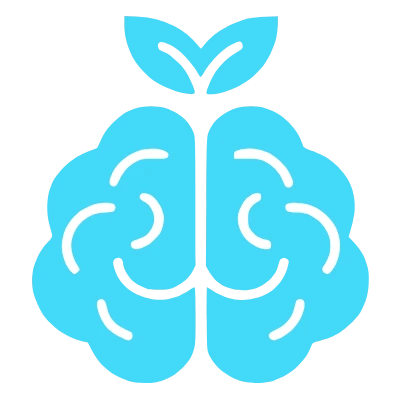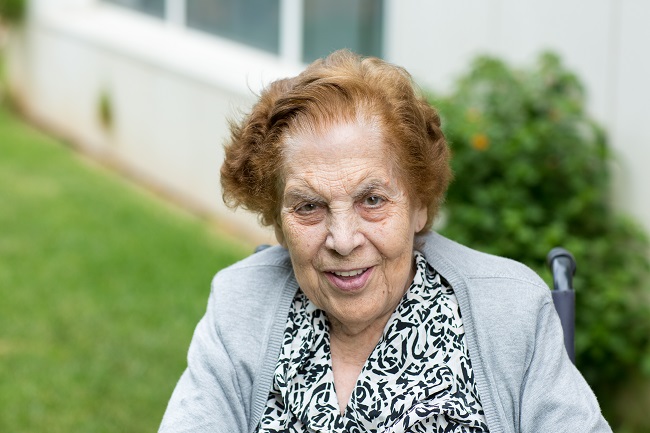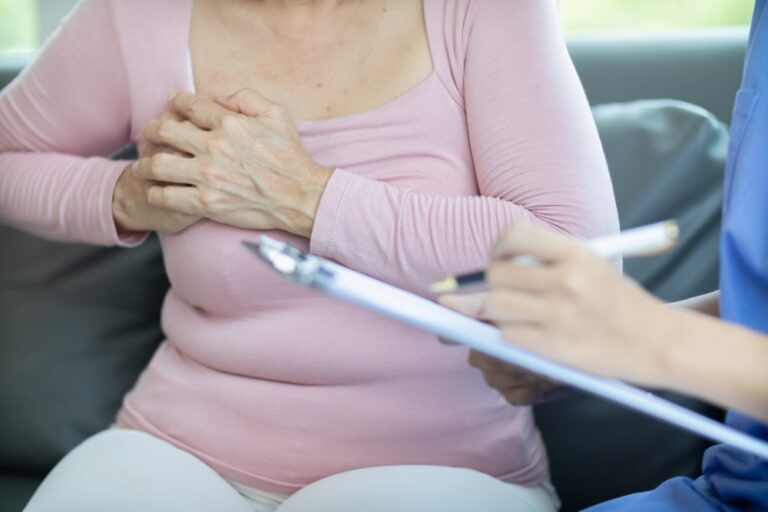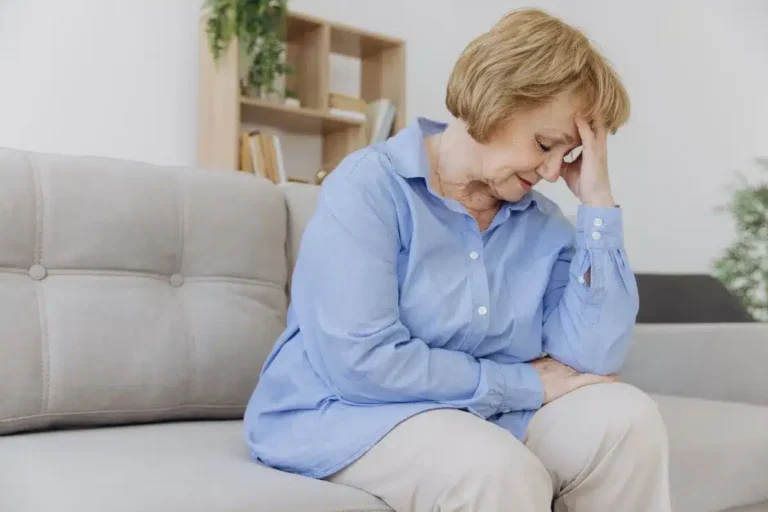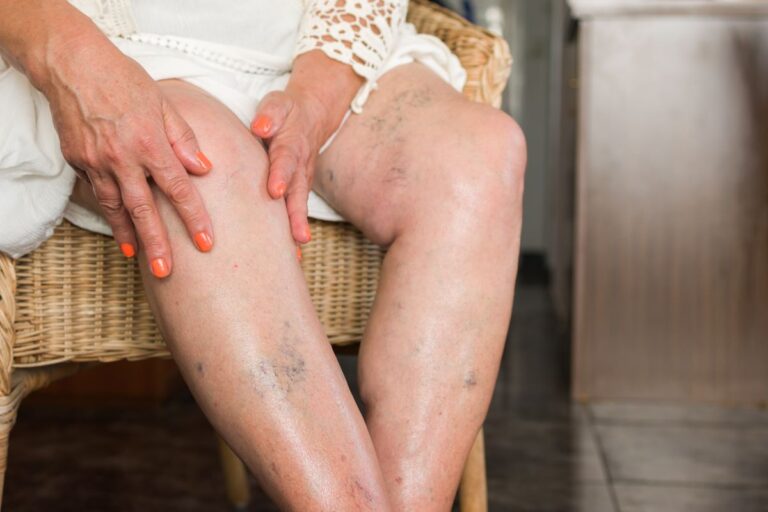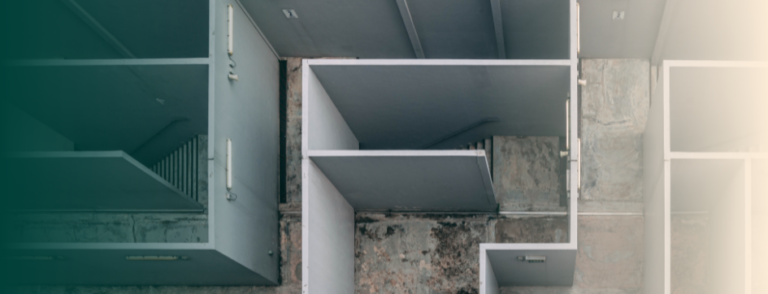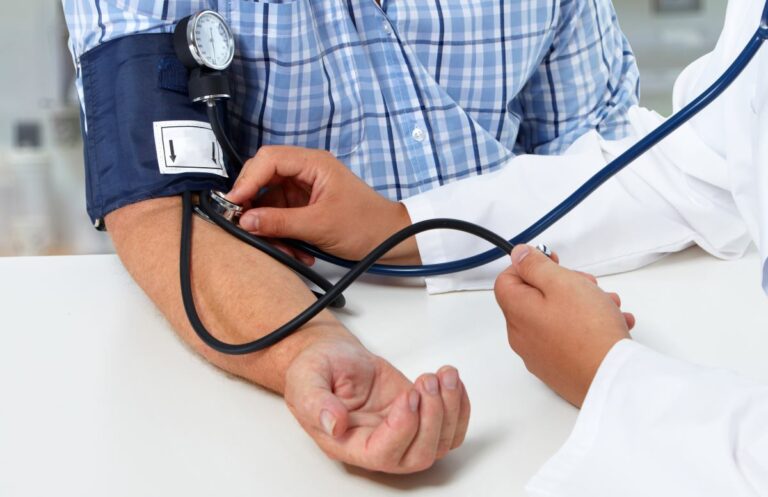Glaucomaglaucoma in older people is a common eye condition that especially affects the elderly, but with early diagnosis and appropriate treatment, it can be effectively controlled.
Next, we will explain what glaucoma is, its types, how to measure eye pressure and the treatments available for this disease.
What is glaucoma?
Glaucoma is a disease that affects the optic nerve, the part of the eye that transmits images to the brain. It occurs when the pressure in the eye, known as intraocular pressure, increases, damaging the optic nerve and causing vision loss. If left untreated, glaucoma in older people can lead to blindness. Therefore, it is important for older people to undergo regular glaucoma screening.
Types of glaucoma
There are several types of glaucoma, but the two most common are open-angle glaucoma and closed-angle glaucoma.
Open-angle glaucoma
This is the most common type of glaucoma in older people and usually develops slowly. Here, the increased intraocular pressure is due to slow drainage of fluid from the eye, although the angle between the cornea and the iris is normal.
Normally, there are no symptoms until the disease has advanced.
Closed angle glaucoma
This type of glaucoma is less common and can appear suddenly. It occurs when the angle between the cornea and the iris closes, blocking fluid drainage from the eye and rapidly increasing intraocular pressure. This type of glaucoma in older people can cause serious symptoms and requires immediate medical attention.
Normal tension glaucoma
In this type of glaucoma, eye pressure remains in a range considered normal, but the optic nerve still suffers damage. Experts aren’t sure why this happens, but it may be related to insufficient blood supply to the optic nerve.
Congenital glaucoma
This type of glaucoma is rare and occurs in babies born with a defect in the drainage angle of the eye. This type of glaucoma does not usually occur in older people. It can be hereditary and is usually detected during the first months of the baby’s life.
Secondary glaucoma
This type of glaucoma is caused by an underlying medical condition, such as diabetes, an eye injury, certain medications, or inflammation ocular.
What is normal eye tension?
Normal eye pressure varies between 10 and 21 mm Hg (millimeters of mercury). A pressure above this range may be indicative of glaucoma, although not all people with high intraocular pressure will develop the disease. It is very important to have eye pressure controlled in older people to be able to have early detection of glaucoma in older people
How can you measure eye tension?
Eye strain is measured through a procedure called tonometry, which is usually performed in an ophthalmologist’s office.
The tonometer can be contact, which touches the surface of the eye after applying an anesthetic drop, or non-contact, which uses a puff of air to measure pressure.
What treatment exists to treat eye tension?
Glaucoma treatment focuses on reducing intraocular pressure. Treatment options may include medications in the form of eye drops or pills, laser therapy, or surgery. The type of treatment will depend on the severity of the glaucoma and how the patient responds to the treatment.
Symptoms of high ocular glaucoma
Glaucoma is an eye condition that damages the optic nerve, which is essential for vision. This damage is often due to high eye pressure.
In the case of open-angle glaucoma, which is the most common type, symptoms are usually gradual and may not be noticeable until the disease has progressed considerably. Some symptoms may include:
- Gradual loss of peripheral vision (lateral), often in both eyes.
- In advanced stages, there may be a loss of central vision.
Angle-closure glaucoma, which is less common, but more urgent, can present more noticeable and acute symptoms, such as:
- Sudden blurred vision.
- Severe eye pain.
- Headaches.
- Nausea and vomiting.
- Appearance of rainbow halos around the lights.
- Redness of the eyes.
Glaucoma in older people is a common ailment, which in severe cases can lead to blindness. Therefore, it is very important that elderly people go for periodic check-ups in search of glaucoma symptoms.
